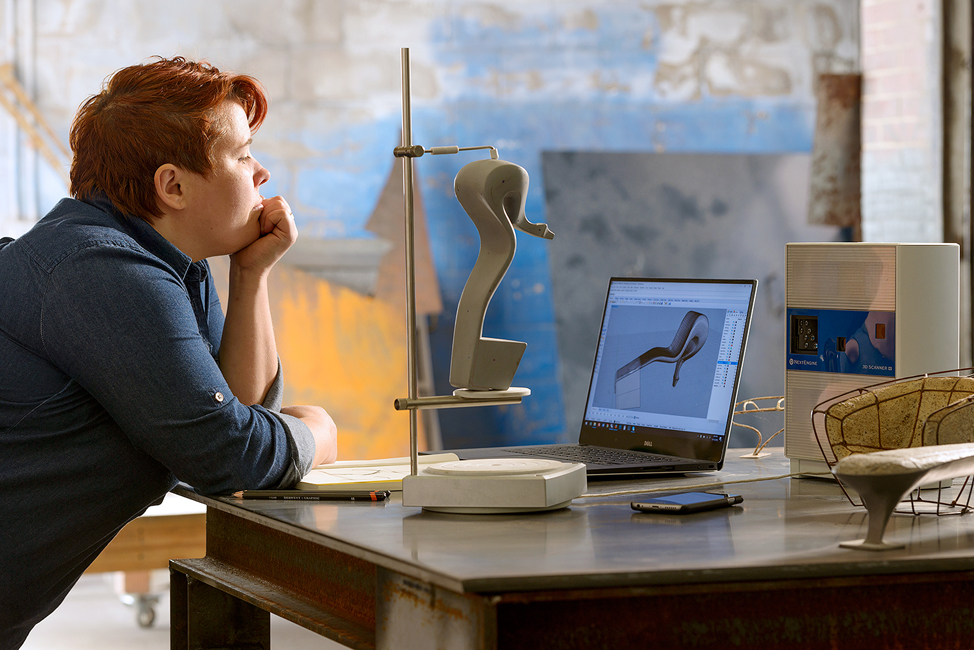Any practicing artist knows that the pursuit of happiness is not without risk.
Add the possibility of flood, fire, hurricane or pandemic, and the creative experience can grind to an immediate – and lasting – halt.
That’s where CERF+ comes in.
“It’s a brave act to choose to be an artist,” says Cornelia Carey, executive director at the 501(c)(3) public charity. “And they’re vulnerable in disaster. Income is episodic and income is low and they’re often in low-lying areas like we witnessed in Hurricane Sandy.”
CERF+ was established in 1985 by a group of artists who gathered together to share their work and perspectives. “They were communing, putting wares in their trucks and vans and station wagons, with a culture at these gatherings of carrying work to market,” she says. “It was artists helping artists through tough times – and it happened enough that they wanted to institutionalize it.
So they got together and raised $40,000 for grants for mutual aid, since there were no emergency funds for artists at the time. The group’s annual budget would eventually grow so that a typical year for their disaster relief efforts would total $200,000 in grants for roughly 60 artists. But the pandemic’s changed that – for the better.
“COVID-19 has rocked our world– not only have artists been deeply impacted, but our donors have been so generous.,” she says. “They have made magic happen – and we’ve been able to distribute over a million dollars in the last fiscal year ending on Sept. 30.”
That’s a huge boost for the six-person staff trying to help any studio based artist maintain a strong and resilient career – with resources like The Studio Protector. “It’s an artist’s guide to emergencies, the first-ever online about how to respond to any setback, she says.
There’s also advocacy for decision-makers to help artists whose businesses are too often left out of federal relief programs after large-scale disasters. “We are working on a regulatory change at FEMA, so that artists and other self-employed workers can access grants after disasters that are currently only available to W-2 employees ,” she says. “For a one-person business, this change would be tremendously helpful.”
Artists, after all, are often the first group, post-disaster, to help a community get back on its feet. But they don’t have safety nets like employer-provided health insurance or sick days. “They only have each other and ourselves,” she says. “We’re a charitable support for these communities of artists – especially for BIOPC who are traditionally under-represented.”
It’s also a group whose time has come.
[slideshow id=2225]

